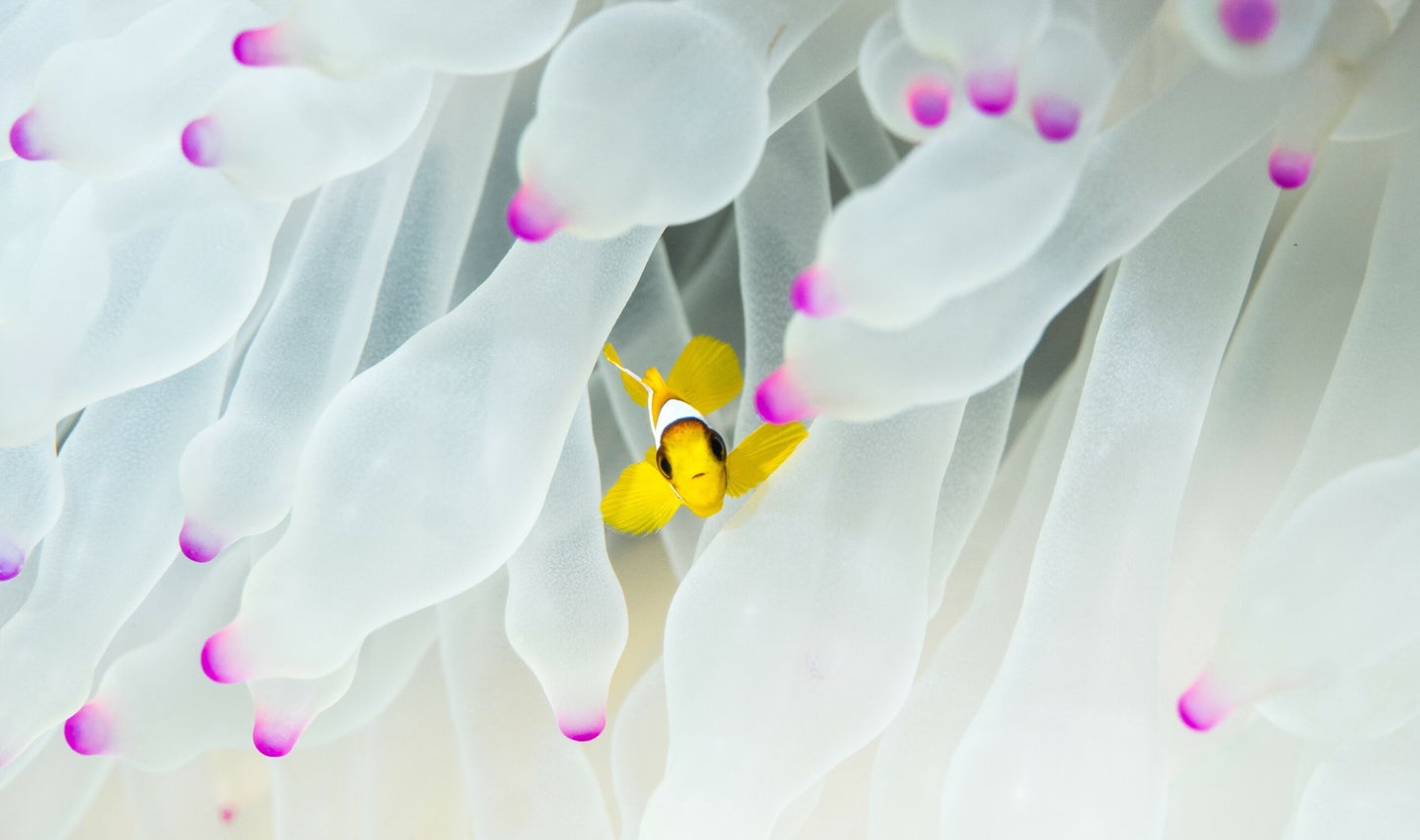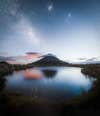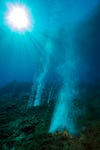16 stunning photos of scientific phenomena in action
The winners of this year’s Royal Society Publishing Photography Competition do not disappoint.

The Royal Society Publishing Photography Competition champions images that depict scientific phenomena, as captured by scientists themselves. Out of hundreds of entries, judges narrowed it down to a single winner in each of five categories along with a few runner ups. This gallery rounds them all up for a truly stunning experience.

Lunar halos like this one, captured in Mogilev, Belarus, appear only when there’s substantial numbers of ice crystals in the atmosphere. Most often they’re from very thin cirrus clouds hovering at or above 20,000 feet. All those hanging bits of moisture refract light from the moon (or the sun, in a solar halo), making it appear as if there’s a halo around it. 
If you live in the Northern Hemisphere, you might not be familiar with the Magellanic Clouds—they’re a set of two dwarf galaxies 150,000 lightyears away that only inhabit the southern skies. This photo shows them alongside the Milky Way over Mount Taranaki, a stratovolcano on New Zealand’s North Island. 
This year we had three supermoons in quick succession, but this one aligned with the equinox which made it more special for some folks. Supermoons are only 14 percent bigger than normal, which is too small to really be able to tell with the naked eye—but it sure makes for some beautiful photos. This one comes from Quadra Island in British Columbia, looking out across the Georgia Strait. 
These fish might look like they’re belting out opera, but they’re actually fighting with each other. Blue spotted mudskippers are territorial and end up in frequent tiffs with their neighbors. As they emerge from the water they’re making these funny faces, captured perfectly in their home amongst the mangroves in the Mai Po wetlands in Hong Kong. 
Like clownfish hiding in anemones, juvenile fish like this blue trevally sometimes hide inside jellyfish tentacles for protection. The jelly gets some extra defense in exchange, and the fish lives to see adulthood. 
Food is scarce in the Bulgarian winter, so these Northern Nutcrackers fight over the stashes they’ve stored the previous fall. They have to start breeding before the snow event melts. These two are arguing over one particular cache. 
This funnel cloud shows the way most tornadoes start to form, though this particular one never made contact with the ground and therefore wasn’t an actual twister. They’re created when low-pressure areas produce a rotating column of air, and made visible by the moisture in the cloud. 
These bubbles come from volcanic seeps on the ocean floor that release carbon dioxide into the warm waters. Researchers are using areas like this to study how sea life might fare as climate change progresses, since they mimic the higher temperatures and acidities we’re going to see in the near future. 
When cold air rushes down and collides with rising warm air, you get mammatus clouds. These formed during summer in Jackson, Wyoming and were lit up fiery red by the setting sun. 
More than 400 people died in the tsunami resulting from Krakatoa’s eruption in December 2018, but this photo captures it at the very beginning of its eruptive phase in August of that year. One side of the volcano would eventually collapse from all this activity, which is what triggered the tsunami. 
The tentacles on this sea anemone are white because they’ve been bleached. Like coral, anemones can lose their color (along with their health) as oceans heat up. Researchers are still figuring out how that might affect the symbiotic relationship between anemones and clownfish like the young one pictured here. Ropalidia marginata paper wasps have no real protection against their main predator, so instead females like this one have to stand guard and sound the alarm against intruders. That way at least their fellow nestmates can flee in time. 
These swirling colors aren’t paint—they’re pigments from microscopic algae and cyanobacteria, which are forming that white film on the water. The organisms are taking advantage of rotting water lily stems in the Ľuboreč water reservoir in Slovenia, a welcome food source. 
These droplets of silicon are moving much like quantum particles, making them behave like quantum waves. That might not seem significant, but it’s experimental proof that helps confirm theoretical work on hydrodynamic quantum analogs, which is a jargon-y way of saying it would help us understand more about quantum mechanics. 
You’ve probably seen ferrofluids like this before, but that doesn’t make it less beautiful. The colloidal suspensions of minuscule ferromagnetic particles behave wildly under the influence of magnets as they try to compromise between the pulling magnetic force and the pressure to minimize surface area. 
You might think this is something microscopic, but it’s actually a piece of surgical thread as seen under a scanning electron microscope. This particular knot was used to stitch a head wound, and the little bits of debris you can see are bits of skin.